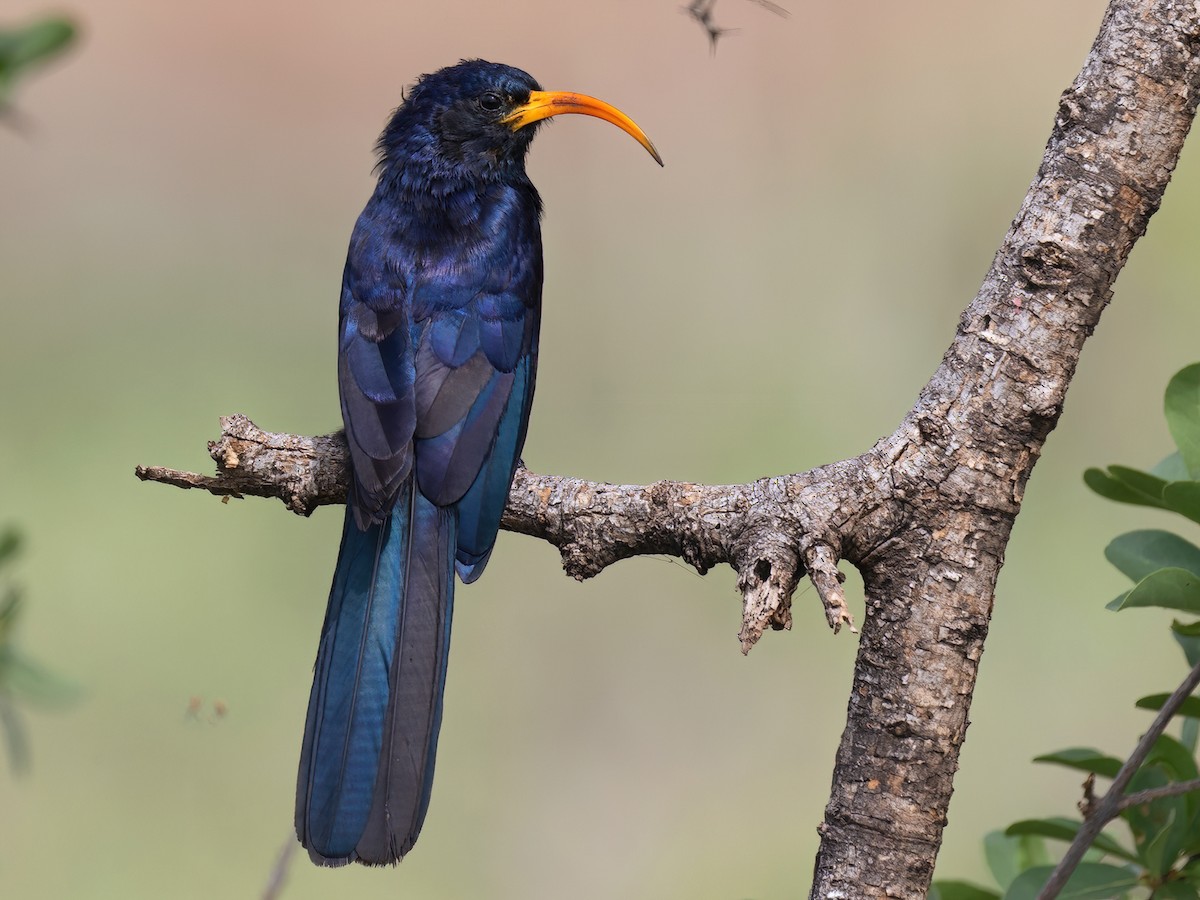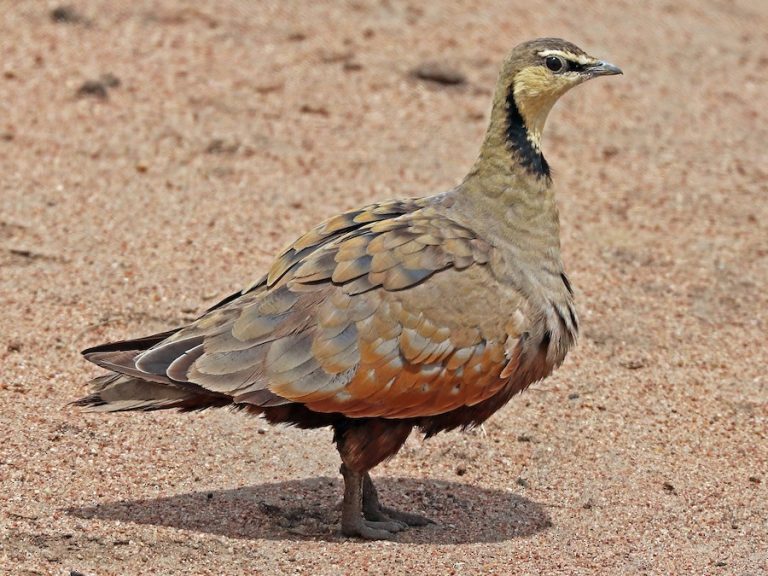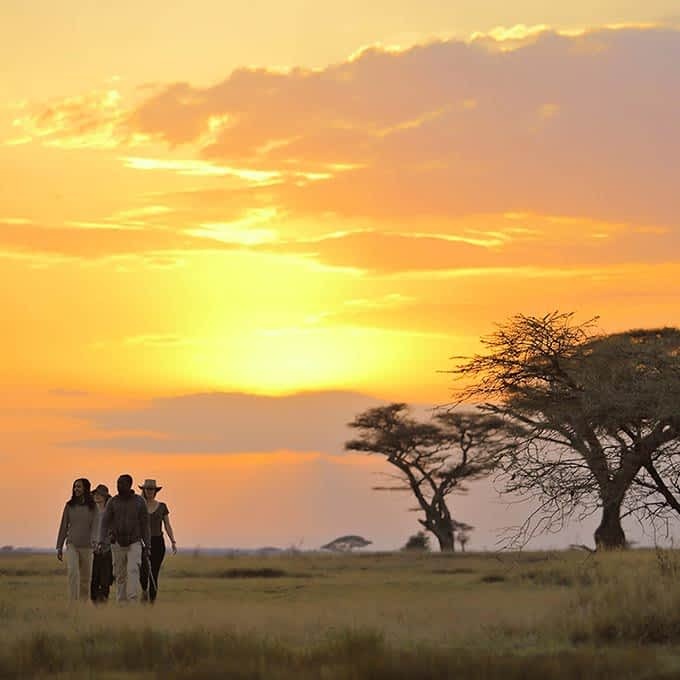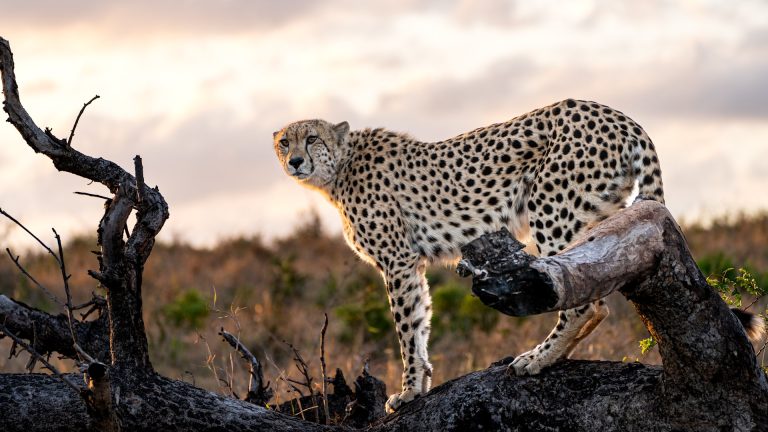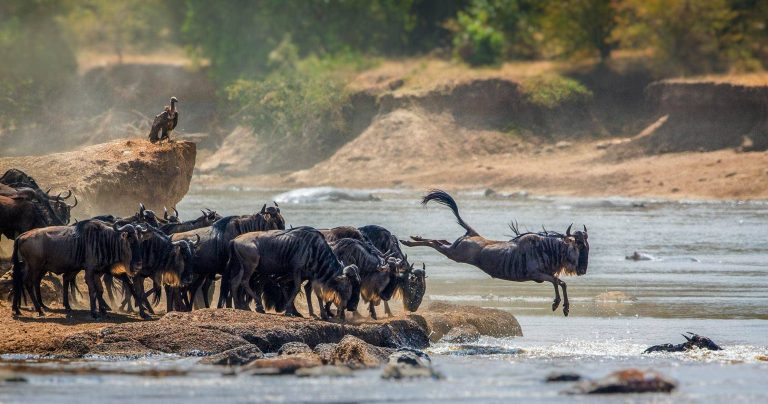Introduction: The Hidden Avian Wonders of the Serengeti
The Serengeti is world-renowned for its vast grasslands and spectacular wildlife, especially its massive herds of herbivores and formidable predators. However, beyond the well-known mammals, the Serengeti is also a paradise for bird enthusiasts. Among the hundreds of bird species that call this ecosystem home, some stand out as rare and elusive. One such bird is the Abyssinian scimitarbill (Rhinopomastus minor), a small yet striking bird with a uniquely curved bill and an intriguing feeding behavior. Alongside the Abyssinian scimitarbill, many other rare and fascinating avian species thrive in the Serengeti, each playing a unique role in the ecosystem.
This article delves into the world of these rare birds, uncovering their behaviors, habitats, and significance within the Serengeti.
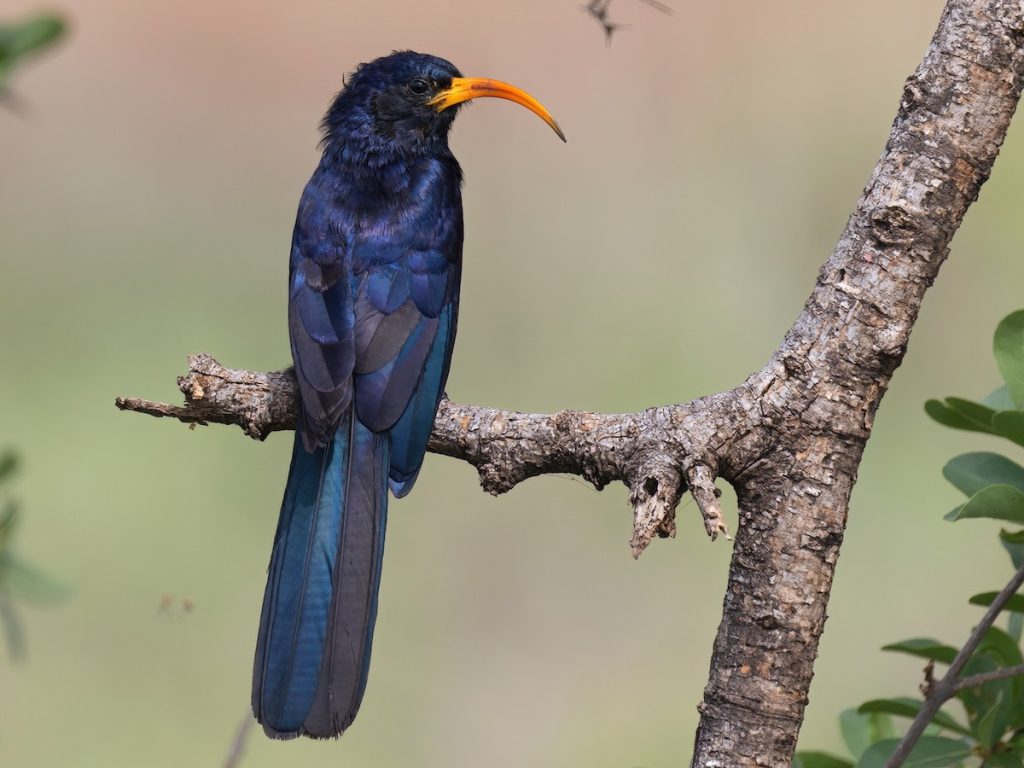
The Abyssinian Scimitarbill: A Mysterious Insect Hunter
1. Identification and Unique Features
- The Abyssinian scimitarbill is a small, slender bird with glossy black plumage that shimmers with hints of blue and green under sunlight.
- Its most defining feature is its long, curved bill, perfectly adapted for extracting insects from bark crevices and foliage.
- It has a distinctive, high-pitched call that helps birdwatchers identify its presence in the wild.
2. Habitat and Distribution
- This rare bird is primarily found in acacia woodlands and dry savannas, making the Serengeti an ideal home.
- Unlike many other birds, the Abyssinian scimitarbill prefers to remain hidden within the tree canopy, making sightings a rare treat for bird enthusiasts.
3. Feeding Behavior and Ecological Role
- The scimitarbill is an expert insect hunter, using its curved beak to probe into tree bark and deadwood for beetles, ants, and larvae.
- It often forages alone or in pairs, avoiding larger bird flocks.
- By controlling insect populations, it contributes to the balance of the Serengeti’s delicate ecosystem.
Other Rare and Fascinating Birds of the Serengeti
1. Fischer’s Lovebird (Agapornis fischeri)
- A small, brightly colored parrot with vivid green and orange plumage.
- Endemic to Tanzania, it is found in the woodlands surrounding the Serengeti.
- Its social behavior and strong pair bonds make it a favorite among birdwatchers.
2. Grey-Crested Helmetshrike (Prionops poliolophus)
- A striking bird with a fluffy grey crest and a habit of moving in small, noisy groups.
- Prefers woodlands and acacia thickets where it hunts for insects.
- Due to habitat loss, this species is becoming increasingly difficult to spot in the Serengeti.
3. Rufous-Tailed Weaver (Histurgops ruficauda)
- Found almost exclusively in the Serengeti and nearby regions, making it a sought-after species for birdwatchers.
- Known for its unique nest-building behavior and social structure.
- Unlike other weavers, it often builds multiple nests within one tree, creating intricate nesting colonies.
4. Karamoja Apalis (Apalis karamojae)
- A tiny, rare warbler-like bird found in isolated pockets of dry savanna.
- Prefers dense underbrush, making it one of the hardest Serengeti birds to spot.
- Its quiet, melodious song is often the only indicator of its presence.
5. Shelley’s Francolin (Scleroptila shelleyi)
- A secretive ground-dwelling bird that blends seamlessly with the dry grasslands.
- Rarely seen in the open, it relies on its cryptic plumage to stay hidden from predators.
- Mostly active during dawn and dusk, foraging for seeds and insects.
6. Usambiro Barbet (Trachyphonus usambiro)
- An attractive bird with a stout body, bright yellow belly, and black spots.
- Found in open woodlands and rocky outcrops.
- Its loud, repetitive calls are a defining feature of its presence in the Serengeti.
7. Bare-Faced Go-Away Bird (Corythaixoides personatus)
- A member of the turaco family, named for its distinctive, alarm-like call that warns other animals of potential threats.
- Prefers mixed woodlands and scrubby areas.
- Plays an essential role in seed dispersal due to its frugivorous diet.
Why Rare Birds Matter to the Serengeti Ecosystem
1. Pest Control and Pollination
- Birds like the Abyssinian scimitarbill and Grey-crested helmetshrike control insect populations, reducing the spread of pests that affect vegetation and mammals.
- Pollinators like sunbirds help maintain the Serengeti’s plant diversity by aiding in cross-pollination.
2. Seed Dispersal and Forest Regeneration
- Frugivorous birds like the Bare-Faced Go-Away Bird and Usambiro Barbet play an essential role in dispersing seeds across the Serengeti.
- Without these species, many tree species would struggle to regenerate, affecting the entire ecosystem.
3. Birdwatching and Ecotourism
- Rare bird species attract birdwatchers from around the world, adding another dimension to Serengeti safaris.
- Bird-focused tourism contributes to conservation efforts by funding habitat protection and research initiatives.
Challenges Facing Rare Birds in the Serengeti
1. Habitat Destruction
- Agricultural expansion and deforestation threaten essential woodland habitats where many of these rare birds live.
2. Climate Change
- Changes in temperature and rainfall patterns affect bird migration and food availability, making survival more challenging.
3. Human Disturbance
- Increased tourism without proper guidelines can disrupt nesting sites, especially for ground-dwelling species like Shelley’s Francolin.
Conservation Efforts and How You Can Help
- Protected Areas: The Serengeti National Park and surrounding reserves provide critical habitats for these birds.
- Birdwatching with a Purpose: Responsible bird tourism supports conservation efforts and local communities.
- Citizen Science: Reporting rare bird sightings through birdwatching apps helps scientists monitor populations and distribution changes.
Conclusion: A Hidden Treasure Trove of Avian Diversity
The Serengeti is not only a land of big cats and wildebeest migrations but also a sanctuary for some of Africa’s most extraordinary birds. From the elusive Abyssinian scimitarbill to the dazzling Fischer’s lovebird, each species adds a unique note to the Serengeti’s natural symphony.
For wildlife enthusiasts, bird lovers, and conservationists alike, exploring the rare birds of the Serengeti is an adventure filled with discovery and wonder. With continued conservation efforts, future generations will have the opportunity to marvel at these avian gems in their natural habitat.

